I ran my first marathon in April 2012 at the age of 42. Until then I had been a casual runner. Of course I ran at school and I occasionally went out jogging on the seafront near my home, but I had not entered a race or done any serious training until 2010 when I entered my first 10km race. A half marathon followed and before I knew it, I was on the slippery slope.
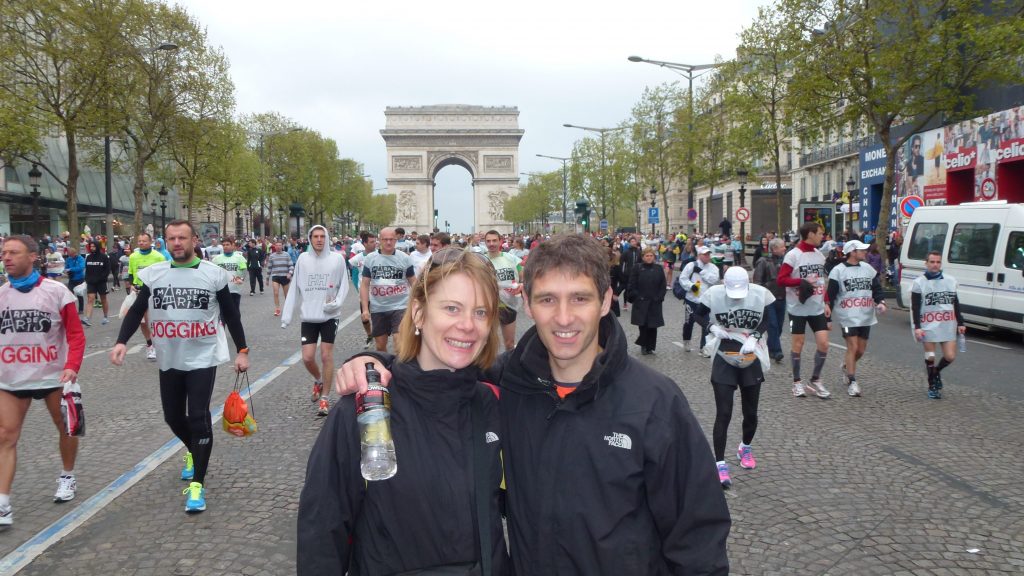
I ran 3:43 in Paris that year. I subsequently joined my local running club and ran 3:28 a year later in the same city. I was underprepared in 2014 and took a step backwards, running a 3:37 in top online casinos Paris and then a 3:38 in Milton Keynes. Soon after, the ultra bug hit and I began running stupid distances. Now in some ways this is bad news for running fast, flat road races. Ultra running takes its toll and fatigue can easily derail any efforts to run fast.
However, ultra running is also great for building base aerobic fitness and that is the fundamental building block for success at any distance race. In 2015 I ran 3 big city marathons. 3:19 in Florence, Italy. 3:18 at the London Marathon and 3:16 in Paris. But my fastest marathon of the year was a small race in Kent called the Viking Coastal Marathon. 5km out and back on a wide sea defence wall. I ran 3:13.

Then at the London Marathon in 2016 I had a dream race. Everything seemed to click and I finished in 3:09. At this point in my running career I was running approximately 40 miles a week in training for various events. I am a regular parkrunner so each week I would run a fast, lung-busting 5k in around 19:30. But I was now also running 100 mile ultra distances. South Downs Way 100 was my first in June 2016. I finished in 23 hours

By now I was obviously dreaming of running a sub 3 hour marathon. However, I wasn’t sure I could do it without dedicating 6 months to that precise goal. Focussing all my training to that one race where I would attempt 2:59. I would have to do specific marathon paced tempo runs. Lots of intervals and fast 5kms and lots of flat long runs. Or so I thought.
The problem was that flat, road racing didn’t…..doesn’t really interest or excite me as much as spending 24 hours on a mountain trail somewhere in Spain or France. My friend Richard and our families have regular holidays abroad together where he and I go and run 100km on a volcano, whilst our wives and children enjoy the sun by the hotel pool. It’s a very nice arrangement and we love it. I don’t want to sacrifice that for 11 godforsaken laps of a motor-racing circuit in West Sussex.

As a result of an increased focus on ultra and trail running my flat road marathon times plateaued somewhat for the next three years. A 3:19 in Paris in 2017, 3:24 in a very hot year at the London Marathon in 2018 and a paltry 3:33 at Paris in 2019. I did increase my running volume to 100km a week for period, but I found it too much to sustain.
Everything changed though, in 2020. I had read about 80/20 running before and had also heard about MAF running. But I hadn’t really explored it at all until lockdown and the global pandemic put a stop to all racing. I decided to give it a try. I wanted to increase my volume and this seemed like a good way to do it.
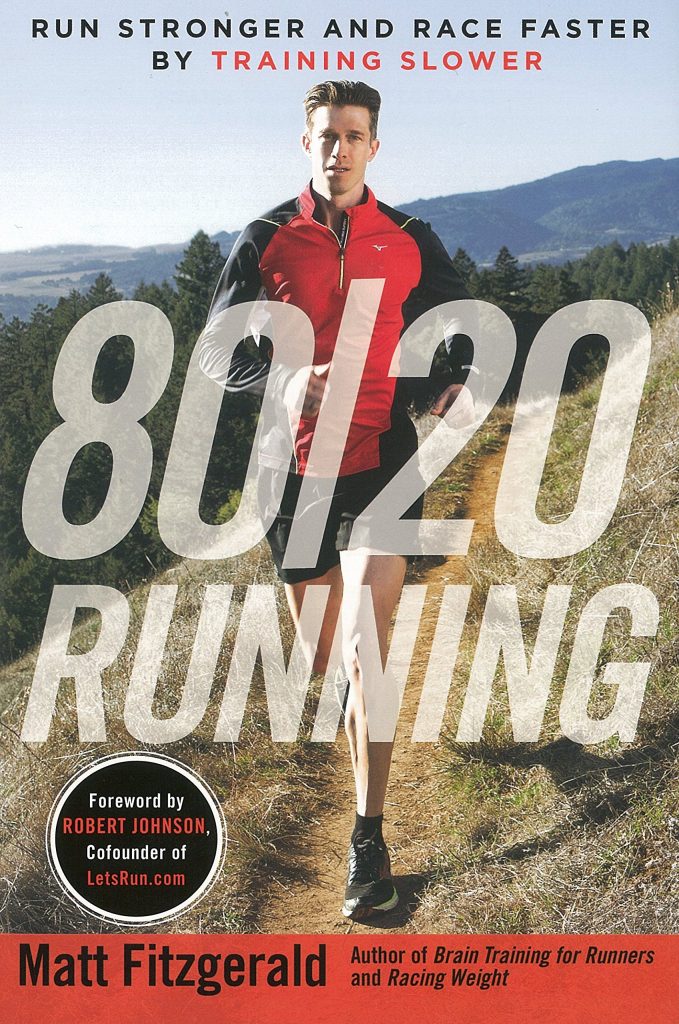
80/20 running proposes that you spend 80% of your weekly sessions running very slowly. Zones 1 and 2 of your heart rate. If you are someone who’s used to going out and running how you feel, then it’s going to feel very strange. You have to slow down. You have to slow down much more than you think. A lot more. If you think you’re going slow enough, you probably need to slow down some more.
The great thing about this is that you can run much further distances without getting overly tired and without risking injury or burnout in training. The physiological theory is that your body creates more mitochondria at low HR than in zone 3 where most runners tend to do their training. We tend to shy away from really hard efforts and stay in the middle zone where we feel like we are working….but not so hard that it’s overly uncomfortable. As well as 80% at low HR, there is that small matter of 20% of your sessions being hard efforts. That’s zones 4 and 5 of your HR. This is where you increase your VO2 Max and where micro-tearing of muscle fibres occurs, allowing them to repair and rebuild stronger.

I began running 100km a week again, this time much slower than before. Every week from June, almost without fail, I clocked at least 100km of running. Some of it on the treadmill, some of it on the trails and a little on the roads. On 80% of these runs I made sure I stayed in zones 1 and 2. I also tried to make sure I did at least one or two hard sessions a week. These were almost always on the treadmill but occasionally outside. Interval sessions or fast time trial type efforts.
Now, truth be told I wasn’t actually training for a marathon. I was in fact training for a 100 mile race which was due to happen at the beginning of November 2020. I was planning on trying to run under 20 hours for the rescheduled South Downs Way 100. This race is normally in June and it’s usually hot, humid and horrendous to run! But it’s an absolute classic race down here in the South of England. The change to a winter run made it a great possibility for a 100 mile PB.

I planned my weekly volume to peak just a couple of weeks before race day. I ran two 130 kilometre weeks, two 140 kilometre weeks and a 150 kilometre week. Unfortunately, three days before the race, it was cancelled as new COVID restrictions came into force. I was, and many others were, absolutely gutted.
All that training. All those kilometres run. Sure, I managed a new 5k PB and a trail marathon best in the build up, but I needed something bigger. I already had the Goodwood Marathon in the calendar and so my focus switched to that. I had 4 weeks. I stuck in another 140 kilometre week and some good fast interval sessions.
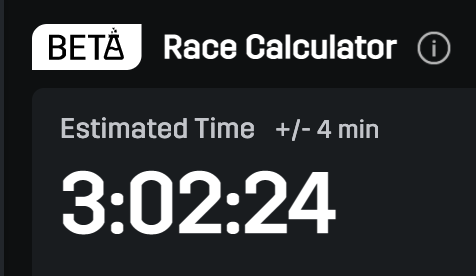
All the online race predictors said I was looking good on the cusp of a sub 3 marathon. Unlike many other marathons, and I have now done 120 of them, this was not a case of fingers crossed and hope I have a good day. This was simply a matter of “run as you know you can and you’ll do it”.
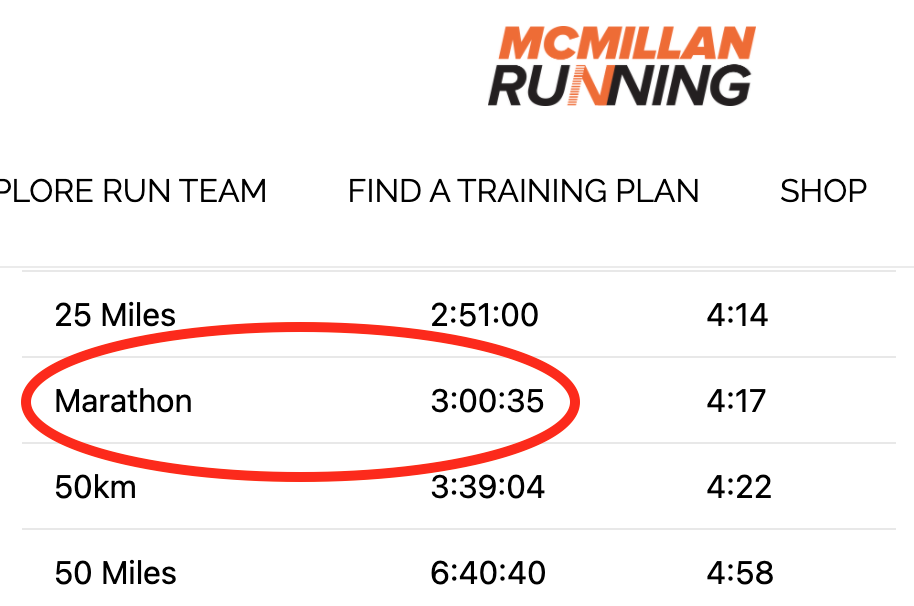
In the week before, I did three days of carb depletion. I honestly don’t know if this works. But I did it for my last marathon PB and it’s one of the only marathons where I haven’t even been close to hitting the wall or bonking. So, despite it being pretty horrible, I did it. Other than that I ate and slept as normal.
The morning of the race was somewhat stressful. My wife was up for crewing, but my youngest son was not! It was a struggle getting him out of bed at 7am. But we did, with minimal violence (!), and we made it to Goodwood Motor Racing Circuit by 8am, for a 9am start, in good time.
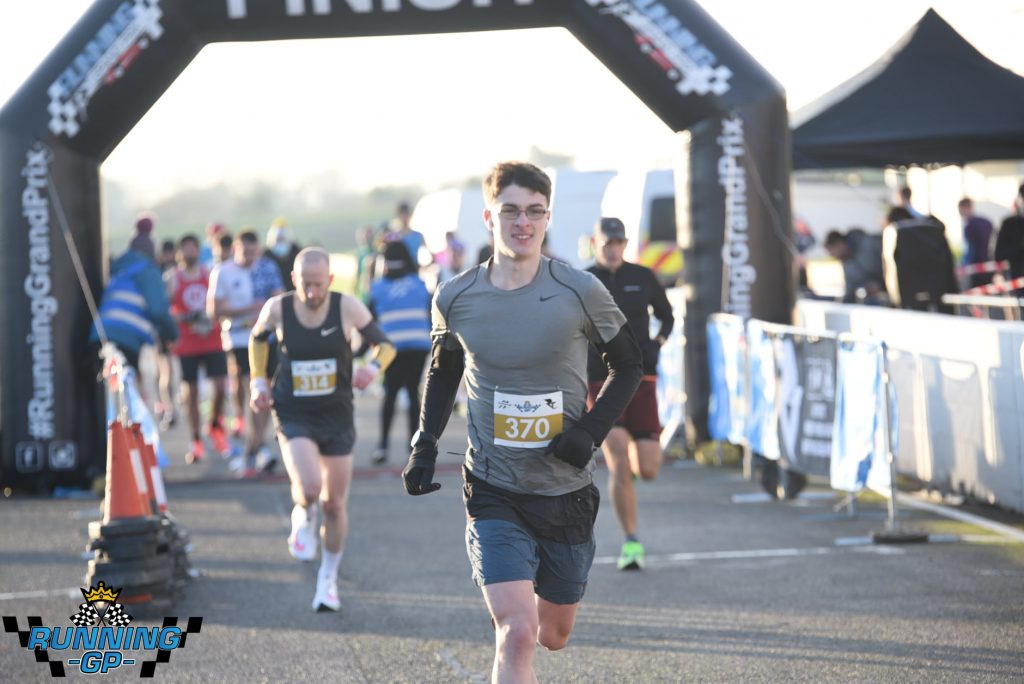
It was very, very cold first thing. So cold in fact that the children were allowed to go back to the car to keep warm. I spent a little time getting frustrated that my live streaming set up wasn’t working. I eventually saw the bigger picture and gave up on it. Much better to concentrate on the running from now on.
I met my running buddy Richard on the start line and saw quite a few friends who were taking part in other races as well. We started in socially distanced waves, four at a time. I was fairly near the front and it only took a minute from the gun before I started. Richard was just behind me.
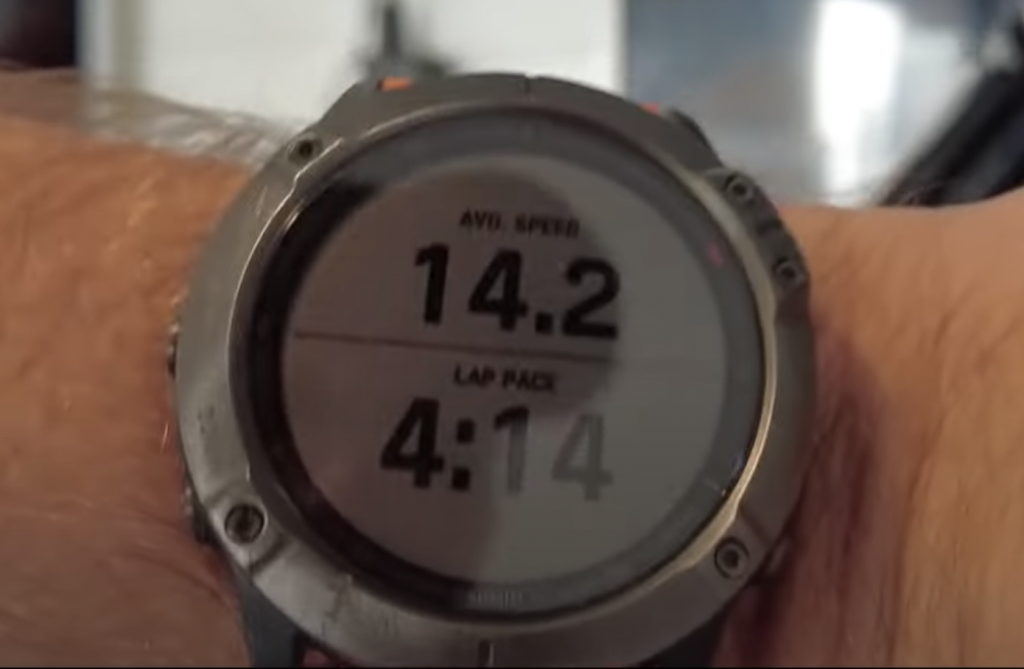
Richard normally goes off like a crazy man, so I was impressed that I didn’t see him come past me for a couple of laps. I kept my Montane fleece on for the first three laps and tried to settle into a rhythm. To run a sub three marathon you need to be doing 14.1kph or 4:16 per kilometre. That’s 6:50 per mile for you folks who are still living in 1973.
I had my watch set up to show Average Speed in kph and Lap Pace in min/km. That was my main screen. I did not have distance or time displayed. No need. All I had to do was stick to the required pace and I should finish the required distance in under 3 hours.
After a few laps my running buddy Richard, who has started in a wave behind me, passed me going at his usually crazy guy pace! I stuck fairly rigidly to 14.2kph in my Nike Next % Vapourfly shoes.
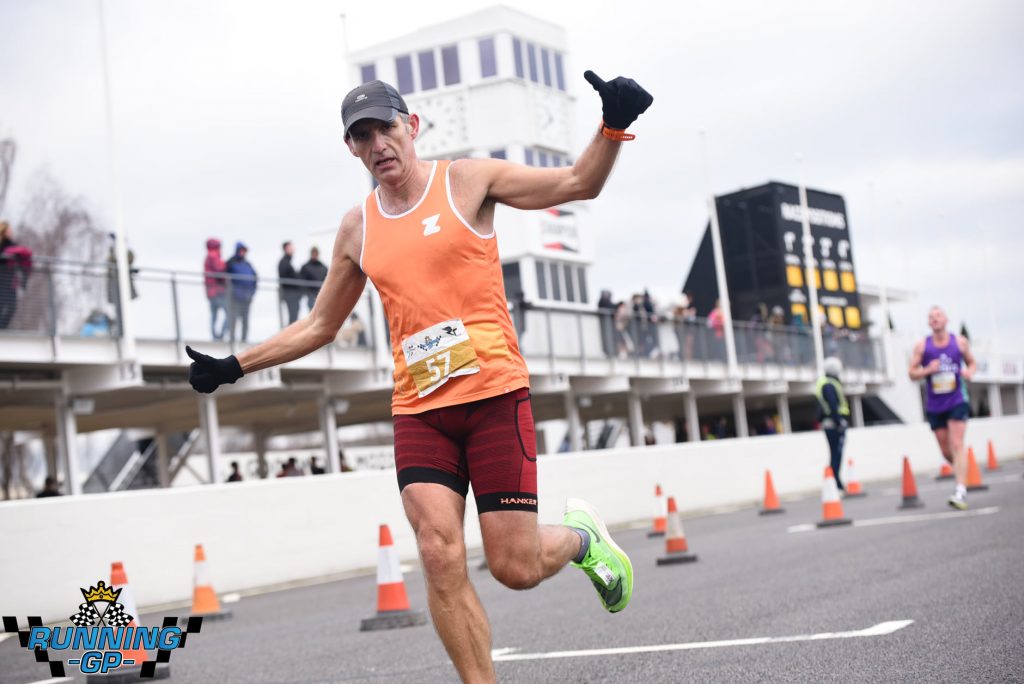
Goodwood Motor Racing circuit is just under 4km long. I almost always recommend that when you are in a race, you should pace using the mile or kilometre markers on the course rather than relying on your watch. But going round and round it made pacing by the course markings a little more confusing. So I did mostly use my watch.
I felt controlled and comfortable almost the whole way round. I was a little put out that my support team had decamped to the car as it was so cold. So I didn’t see anyone from my family until well after the half way mark. As it was I didn’t really need anything so it was ok.
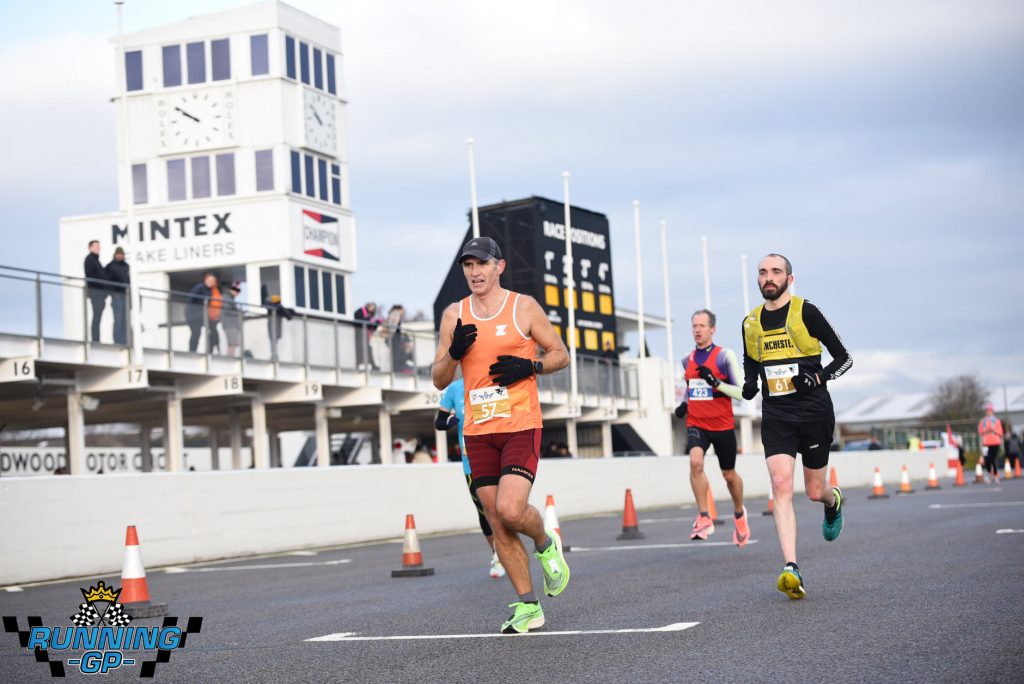
With around 10km to go a had half a banana and some Purdeys fizzy fruit drink to see me through to the end. I hadn’t had anything at all up until that point. If it had been warm then I would most certainly have had water. But as it was cold I wasn’t losing much through sweat so I didn’t need to replace anything. A lot of the time I think people are drinking way too much water and it’s more a psychological thing than physical necessity.
With two laps to go, something happened that never happens these days. I actually overtook Richard! He was starting to suffer and I was still feeling strong. It was only in the last lap I realised I might have to run a little faster. My watch was getting very close to 42.2km and I knew I still had a couple of kilometres left. This is why it’s important to keep your eye on the course markers and not just rely on your watch.
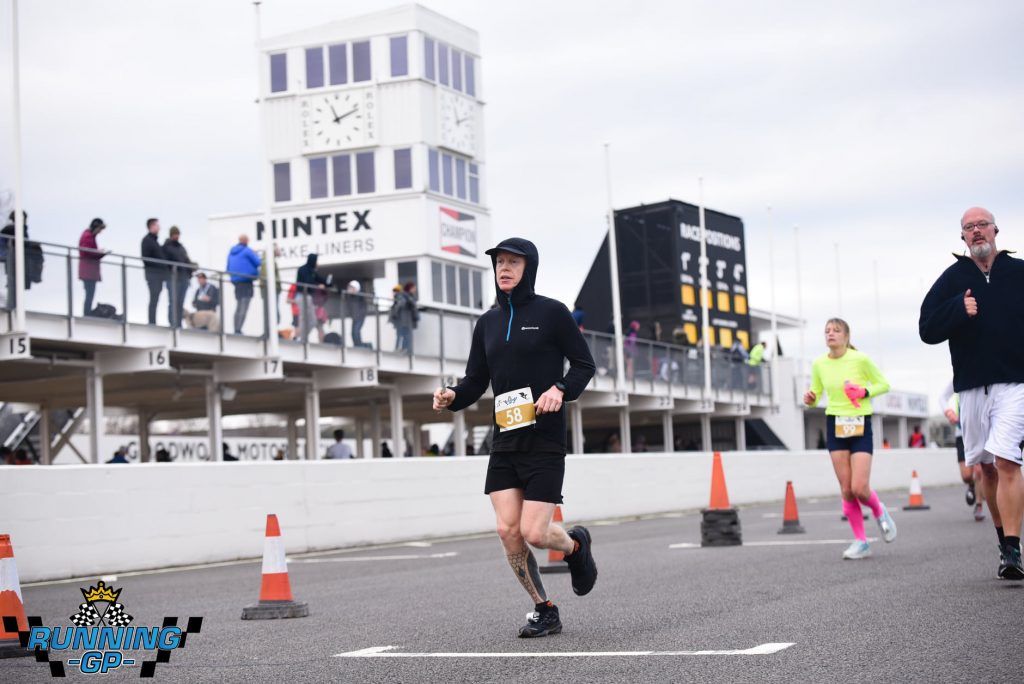
My watch ticked over to the full marathon distance with about 700 metres to go. I had been thinking I might cross the line in about C 2:56. As it was I had to sprint as hard as I could and I ended up finishing in 2:58:57.
Still, I could not have been more delighted. My previous marathon PB/PR was 3:09. That’s a huge 10 minute improvement over my 2016 London Marathon time. I finished feeling strong and even with the feeling that I could go faster in the future.

This run was about two things. It was about beating my previous marathon best and ultimately it was a sub 3 attempt. Both these goals were achieved. It was NOT an attempt to go as fast as I possibly could. Now I have broken 3, I can think about trying to go faster. But this run was an experiment in pacing and an exercise on controlled and disciplined running.
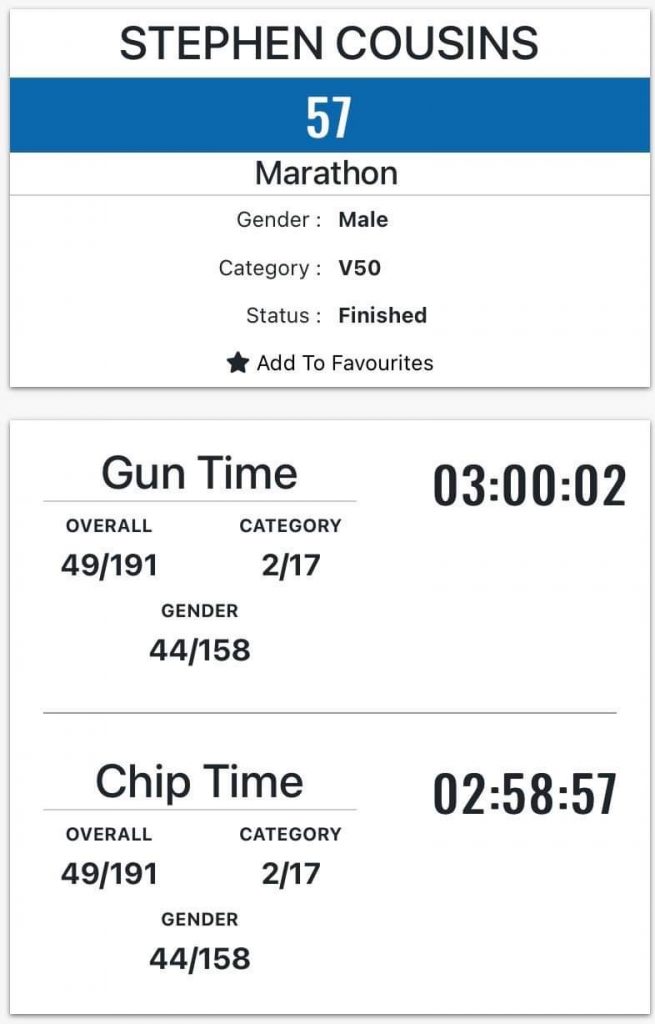
I now have a pretty good London Marathon good for age time. There’s no guarantee but hopefully I’ll get in for 2022 and I can think about attempting 2:55 or faster. At 51 years l old, I am in the best running shape of my life. Fingers crossed I can keep up this level of training and fitness for a few more years.
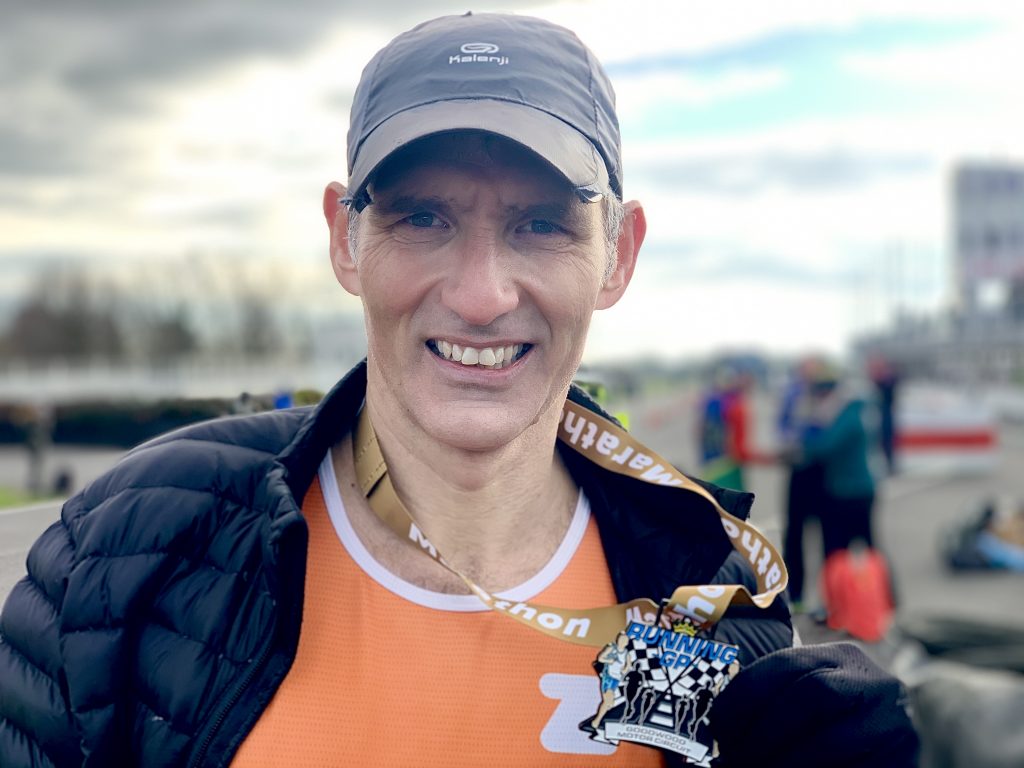



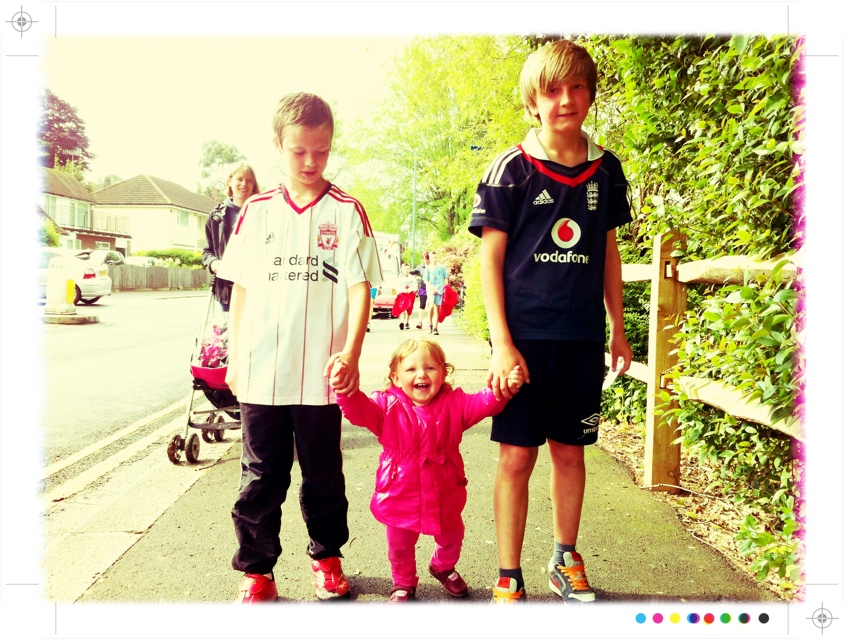
Well done Steve, great commentary on your run. Obviously Dedicated as I know you are, making it sound so easy but I know it’s not. True grit and determination succeeds , goes to show anything is possible if you put your mind to it. Keep up the good work, inspirational running at its best.